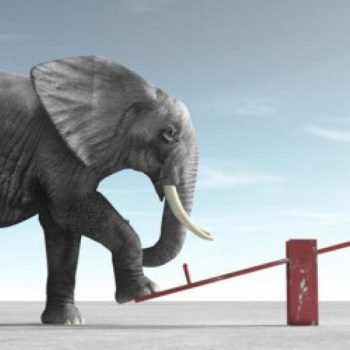
Presenteeism
- Posted by Matteo Milanesi
- On 29 June 2021
- 0 Comments
What are the hidden costs if an employee arrives at work with the flu? The costs are far greater than we can ever imagine. Employee ill health is a grossly underestimated hidden cost, which is increasingly becoming a burden on companies every year.
These costs are often defined as a “hidden catch;“ namely, all those niggling small issues which make managing and finding a solution to the problem rather more difficult and complex.
The work environment, as we all know, is full of “hidden catches,” which often make getting to the end of the working day incredibly difficult, and render working with ease to the best of one’s ability impossible. We might also call them “hidden traps.” Sometimes these so-called “hidden traps” are so pervasive that they extend beyond the workplace into leisure time, encroach upon family time and become detrimental to employee health.
With the increasing attention being paid to employee health in the workplace by professionals and employers alike, the dynamics and phenomena at play in the work environment and the effect of working practices on the workforce has come under increasing scrutiny.
Presenteeism
In recent years, a new phenomenon has come into being, known as “presenteeism” which is the exact opposite of absenteeism. It describes the already widespread practice of turning up at work even when you are ill, and therefore not able to perform to the best of your ability. In sharp contrast to its antithetical twin absenteeism, this new phenomenon “presenteeism” has seemingly caused a far greater cost to employers than absenteeism ever did. This is because the cost of absenteeism can be quantified easily when an employee is absent; while “presenteeism,” namely, when someone arrives at work and they are ill (whether a chronic condition or simply ill with flu), is actually more difficult to measure in terms of knowing how much it will affect individual productivity.
The hidden costs of this “reverse absenteeism,” which at a first glance may seem negligible, are actually much higher than the costs caused by a short absence due to illness. Imagine being in the office with a headache, your eyes are burning as you look at the computer screen, your body aches, you feel a bit numb – classic flu symptoms – and as you struggle to find a way to do your work, through this thick fog, you barely manage to answer a few emails, and any little thing which is out of the ordinary or not routine, simply irritates you and becomes a herculean task. Is your ability to work, productivity and efficiency level the same as when you are feeling well? I really don’t think so, the only possible answer to this question, is No.
Burnout
In 2018 The World Health Organisation, added “burnout” as a condition, in the eleventh amendment to the International Classification of Diseases (ICD), and defined it as a chronic disease caused by work related stress which has been left untreated. The symptoms include suffering from a lack of energy, feeling of exhaustion, harbouring negative feelings or feeling detached from your work and a sharp decline in personal efficiency. By providing such a detailed definition, the World Health Organisation wanted to point that “burnout” is not just an individual pathology; rather it is a phenomenon, which is tied to the work environment.

With this in mind, researchers from Stanford University embarked upon a study to examine the impact of work related stress on healthcare costs (it’s worth remembering that the USA has private healthcare and it is often added to employment contracts as a benefit) and death rates in the country: the results showed a total cost of USD 190 billion for healthcare and 120,000 deaths per annum.
On a global level, a study carried out by the WHO estimates that 615 million people suffer from anxiety and depression. The impact on productivity is equal to USD 1 trillion per annum in lost earnings.
As if this were not enough, the study also showed how organisations, which did not have adequate measures in place to safeguard employee health and wellbeing, were being affected by high employee churn rates, low productivity and exceedingly high health costs.
The Global Wellness Institute estimates that malaise in the workplace lowers profit by approximately 10-15%. There are increasing numbers of workers suffering from perceived pressures at work that are excessive, and chronic illnesses such as diabetes, obesity, and cardiovascular disease are constantly increasing.
These are some of the hidden catches in the work environment, which negatively impact on employee health and wellbeing, productivity and their propensity to innovate; and consequently on the costs incurred by the organisation as a whole.

Therefore, it is important to pay great attention to the work environment you wish to create, working consistently to make it healthier, taking into account the changing needs of the workforce. Employees are increasingly seeking a workplace, which protects their mental health and physical wellbeing, affords them a better work-life balance and offers opportunities for personal growth and development.
A century ago, workers demanded protection against accidents or illnesses and social security benefits if they lost their capacity to work: safer workplaces with measures in place to protect workers against inherent dangers while performing their tasks – prevalently for manual labour. In the new millennium attention has gradually shifted towards a stronger focus on holistic wellbeing (“360 degree” wellbeing) of the workforce. So, it is necessary to make provision for a variety of measures and programmes, not just isolated initiatives, aimed at supporting employee health and wellbeing.
So, it is really important to look after your human capital, now more than ever.



